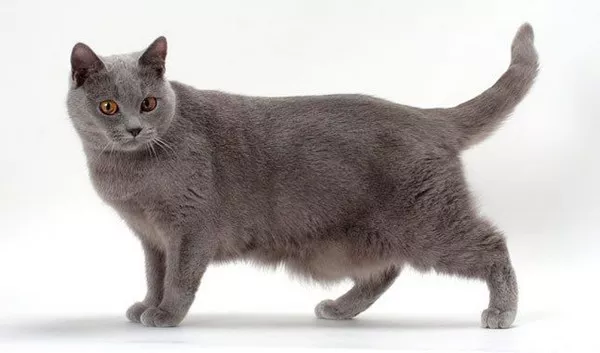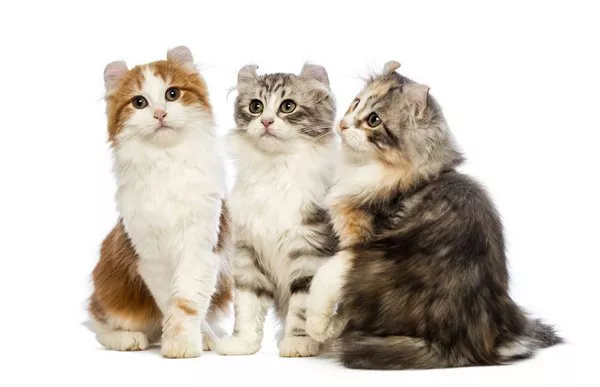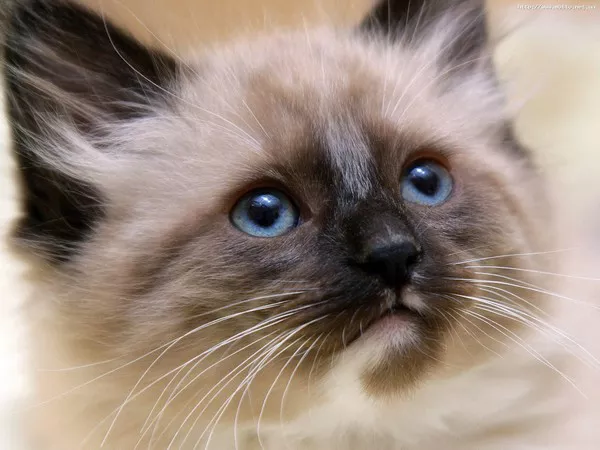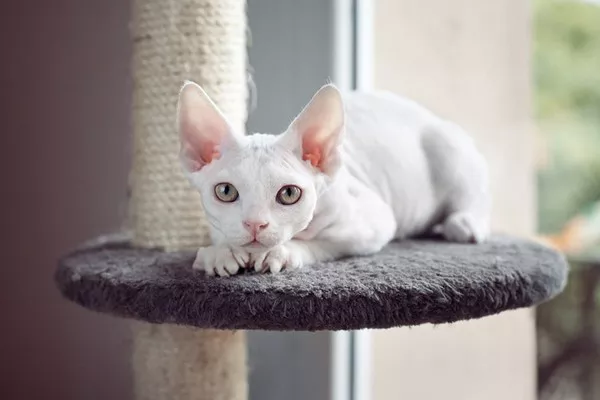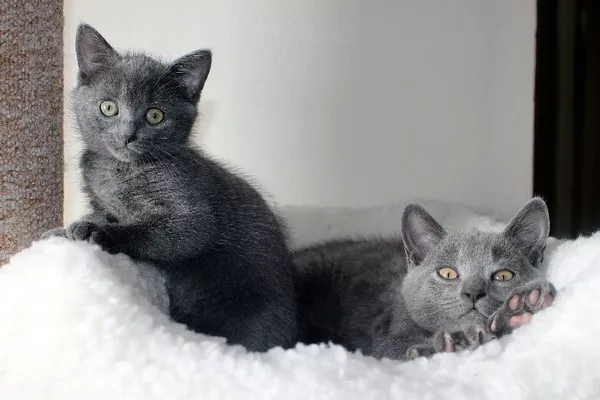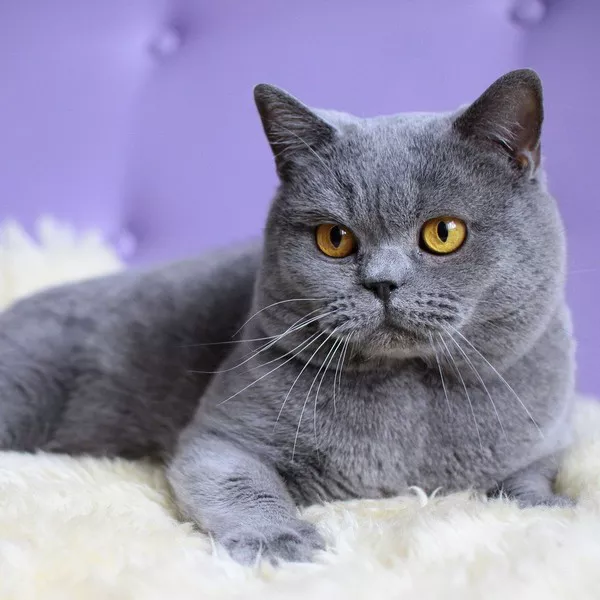The Chartreux cat is known for its distinctive blue-gray fur, which gives them a unique and charming appearance. If you are a fan of this breed, you may be curious about how they get their color. In this article, we’ll take a closer look at how Chartreux cats get their color, including the genetics involved and the role of environmental factors.
Genetics of Coat Color
The color of a cat‘s fur is determined by the genes they inherit from their parents. The gene responsible for producing black pigment in cats is called the “B” gene. A dominant form of this gene, known as B, produces black pigment, while a recessive form, b, does not produce any pigment at all.
The Chartreux cat’s blue-gray color comes from a dilution of the black pigment produced by the B gene. This dilution is caused by a separate gene, known as the “D” gene. There are two versions of the D gene: a dominant form, D, which allows for normal pigmentation, and a recessive form, d, which causes dilution.
A Chartreux cat’s blue-gray color results from having two copies of the recessive d gene. This dilutes the black pigment produced by the B gene, resulting in a grayish-blue color.
Other Factors Affecting Coat Color
While genetics plays a significant role in determining a Chartreux cat’s coat color, environmental factors can also have an impact. For example, exposure to sunlight can cause a change in coat color. Cats who spend a lot of time in the sun can develop a reddish tint to their fur, which is known as “sunburnt orange.”
Age can also affect a cat’s coat color. Some cats’ fur may darken or lighten as they age, depending on their individual genetics and environment. Additionally, health issues or nutritional deficiencies can affect the quality and color of a cat’s coat.
Caring for Your Chartreux Cat’s Coat
If you own a Chartreux cat, it is important to care for their coat properly to maintain its beautiful blue-gray color. Here are some tips for keeping your cat’s coat healthy and shiny:
1. Regular grooming – Brush your cat’s fur regularly to remove loose hair and prevent matting. This will also help distribute the natural oils in their skin, keeping their coat soft and shiny.
2. Proper nutrition – A healthy diet can help keep your Chartreux cat’s coat looking its best. Choose a high-quality cat food that provides all the necessary nutrients, including protein, vitamins, and minerals.
3. Sun protection – If your cat spends time outdoors, provide them with plenty of shade and access to fresh water. You may also want to invest in a pet-safe sunscreen to protect their skin and coat from sun damage.
4. Regular veterinary checkups – Regular checkups with your veterinarian can help detect any health issues that may affect your cat’s coat. Your vet can also recommend supplements or treatments to promote healthy skin and fur.
5. Hydration – Make sure your cat has access to fresh, clean water at all times. Proper hydration can help keep their coat moisturized and healthy.
Where to Adopt or Buy a Chartreux
If you’re interested in adopting or buying a Chartreux cat, there are several options available to you:
1. Contact a local animal shelter or rescue organization: There’s always a chance that a Chartreux cat may end up needing a new home due to circumstances beyond their control. Reach out to your local animal shelter or rescue organization and let them know you’re looking for this particular breed.
2. Check with breed-specific rescues: There are organizations dedicated to rescuing and rehoming specific breeds of cats, including Chartreux cats. Do some research to see if there is a breed-specific rescue near you.
3. Look for reputable breeders: If you’re interested in buying a Chartreux kitten from a breeder, be sure to do your research to find a reputable breeder who prioritizes the health and well-being of their cats.
4. Attend cat shows: Cat shows are a great way to meet breeders and learn more about different breeds of cats, including Chartreux cats.
In conclusion, Chartreux cats get their distinctive blue-gray color from a combination of genetics and environmental factors. Their coat color is determined by a dilution of black pigment caused by a recessive gene, as well as other genetic and environmental factors. To keep your Chartreux cat’s coat looking its best, provide them with regular grooming, proper nutrition, sun protection, regular veterinary checkups, and plenty of hydration. With proper care, your Chartreux cat will maintain its unique and beautiful appearance for years to come.

